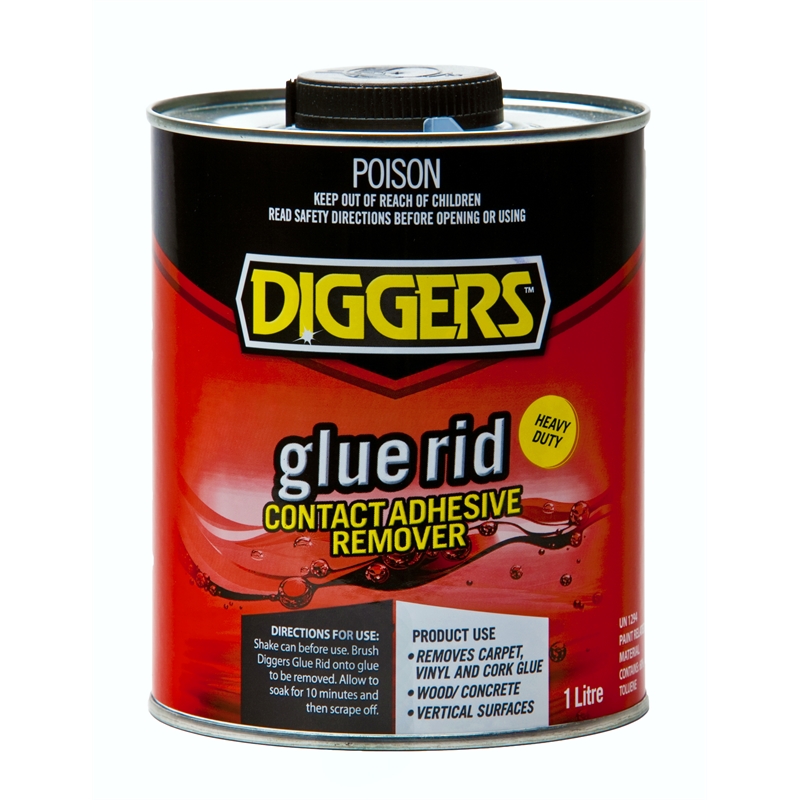So to make use of the day, I decided to finish weathering a PCC cement hopper I had started a while ago.
The methods are the same as for the WHX's I mentioned a little while ago, with the only difference being the preparation stage. I didn't mind the colour of the wagons as-new from Casula Hobbies as a base, so I sprayed this one all over with dullcote to give the powders something to bite. I then masked the wagon code, "roller bearings" markings and other markings.
Next I applied a light grey powder all over. Normally I'd start darker, but these wagons were an early 1970s build and I want to depict something between the shiny-new look and their later 1970s look.
Using photos on the internet as a guide, I then draw weld lines using a scrap piece of paper to stay as straight as possible. I'm glad I did this pretty much straight after the morning coffee - it's patience-testing to say the least, but worth it for the overall look later.
Next the masking tape was removed and the whole model given a coat of medium grey powder.
From the period photos I found, the end of the round tanks all had signs of either rust or weathered brown steel, so the next step was to mix up an appropriate colour from the red and lighter browns I had and apply a light smattering on the ends.
I then added some more light grey on top of the model to represent spilled cement, as well as some medium grey over the brown to tone those areas down a bit.
I've included a shot of the original below for ease of comparison.
The last step I want to do is replicate some caked cement on the top of the model in small groups around the hatches, but I need to get some more supplies first. After that and treating the wheels, it'll be ready to go back on the layout.
Overall, pretty happy with how it turned out.
Cheers,
Ben
Next I applied a light grey powder all over. Normally I'd start darker, but these wagons were an early 1970s build and I want to depict something between the shiny-new look and their later 1970s look.
Using photos on the internet as a guide, I then draw weld lines using a scrap piece of paper to stay as straight as possible. I'm glad I did this pretty much straight after the morning coffee - it's patience-testing to say the least, but worth it for the overall look later.
Next the masking tape was removed and the whole model given a coat of medium grey powder.
From the period photos I found, the end of the round tanks all had signs of either rust or weathered brown steel, so the next step was to mix up an appropriate colour from the red and lighter browns I had and apply a light smattering on the ends.
I then added some more light grey on top of the model to represent spilled cement, as well as some medium grey over the brown to tone those areas down a bit.
I've included a shot of the original below for ease of comparison.
The last step I want to do is replicate some caked cement on the top of the model in small groups around the hatches, but I need to get some more supplies first. After that and treating the wheels, it'll be ready to go back on the layout.
Overall, pretty happy with how it turned out.
Cheers,
Ben

















































